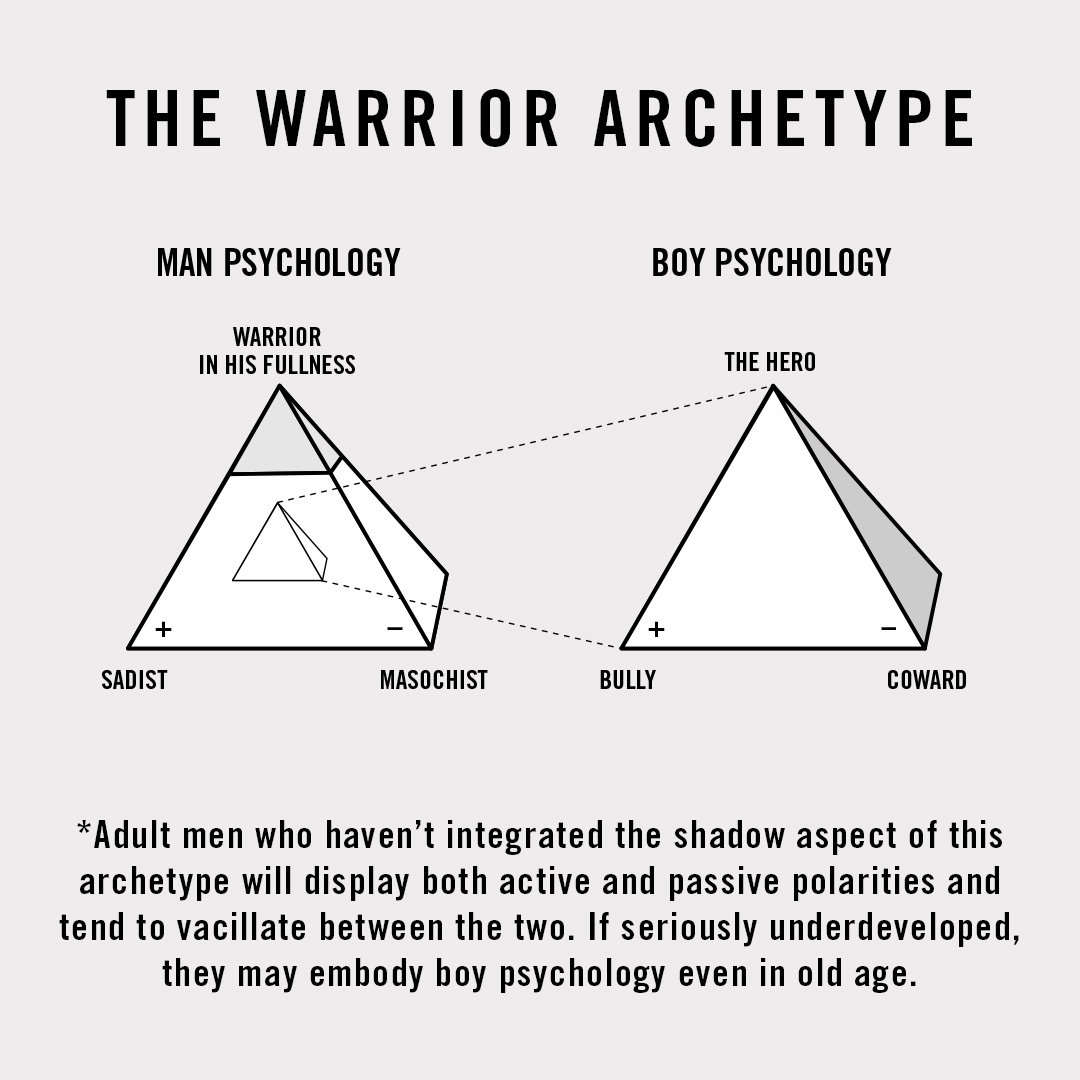Archetypal View: The Last Duel
The Last Duel: A Study of the Lover-Warrior Split
This is part of an ongoing series that views contemporary films through the lens of archetypal psychology and the King, Warrior, Magician, Lover model of the masculine psyche as defined by the late Jungian analyst Robert L. Moore in his book of that name. It’s an attempt by me to refresh that work by presenting more current and diverse examples of the archetypes than what are given in that excellent but somewhat outdated book.
• • •
In Robert Moore’s archetypal model of the male psyche, King, Warrior, Magician, Lover (KWML), there are two fundamental polarities: King-Magician on the vertical axis, and Lover-Warrior on the horizontal. Essentially the vertical axis has to do with establishing order and integration on the inner and outer planes while the horizontal axis has to do with boundaries and protection on the Warrior side, and embodiment and connection on the Lover side.
The recent film The Last Duel perfectly illustrates a common split that occurs in men between the Lover and the Warrior archetypes. As we see in the film, when men don’t reconcile this polarity and develop in these aspects, it not only causes suffering in them, but leads to much suffering for the women and children in their lives.
Matt Damon’s character in the film is a man possessed by the Warrior. He is purpose-driven, disciplined and ferocious in battle, but because he hasn’t integrated his Lover side, his body and relationships suffer the costs. The man possessed by the Warrior is often rigid and unfeeling, and sees potential enemies everywhere he looks — necessary attributes in battle, but not in relational life.
On the other side of the polarity we find his rival in the film (played by Adam Driver) a man possessed by the Shadow Lover. The Lover, when not balanced with enough Warrior energy, doesn’t have any boundaries. Just as the Warrior-possessed man is always looking for a fight, the man possessed by the Lover wants to “love” everyone and everything in sight. They act out a Don Juan/Lothario fantasy and are promiscuous and self-serving with their “love”.
When any archetypal energy is mainlined we fill up with confidence and charisma, and we see how this Loverboy uses his considerable charm and beauty in service only to his own pleasure and desires. Those who are unfortunate enough to fall under the spell of his dark charms are inevitably left cold after he withdraws his love-filled light.
The film does a great job of showing how a man possessed by an archetype is blind to the destructive consequences of his actions. We see this in the first two chapters when we view the story through each of the male perspectives. In their eyes, they can do no wrong. It’s only when we reach the third act, told from the point-of-view of the woman caught between the shadows of the Lover and Warrior, the truth is finally revealed.
At the end of the film we’re left unsure whether our Warrior’s defeat of the Shadow Lover “out there” will lead to an integration of his Inner Lover, capable not only of protecting, but more importantly, of appreciating and caring for all life. The title “The Last Duel” suggests that there is finally a union of the opposites — Lover-Warrior and Husband-Wife — but however this particular story continues, the film serves as a powerful cautionary tale (for both men and women) of the danger of archetypal possession and excessive one-sidedness.
Interested in an archetypal approach to men’s work?
Check out The Four Initiations, my 6-week coaching program based on King, Warrior, Magician, Lover
Tags: men’s work, masculinity, myth, archetype, archetypal psychology, jung, marie-louise von franz, four initiations, robert moore



